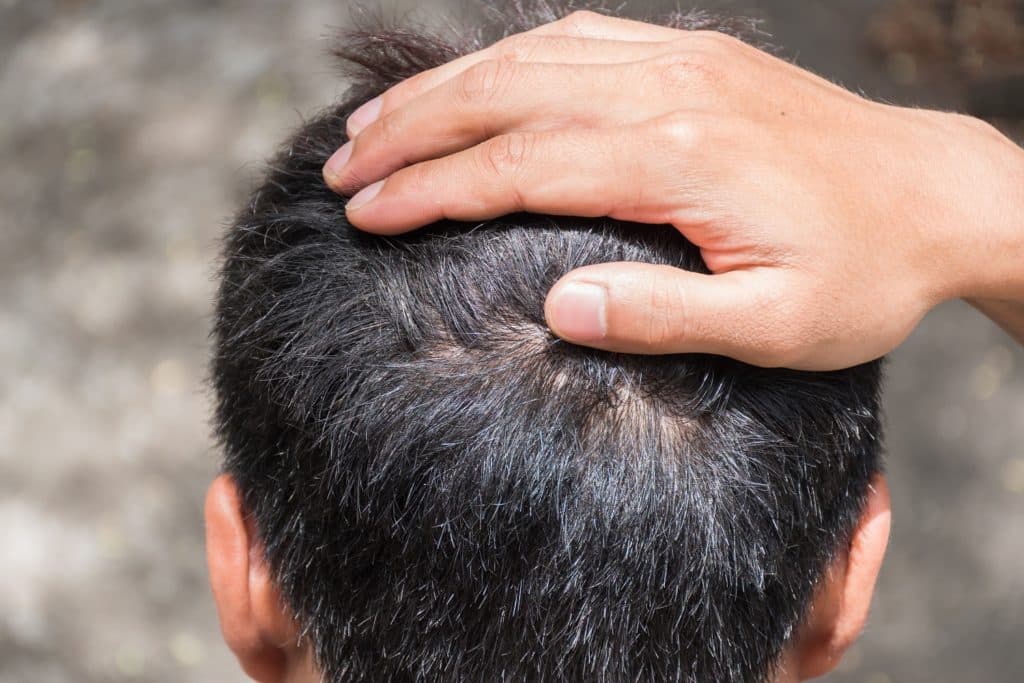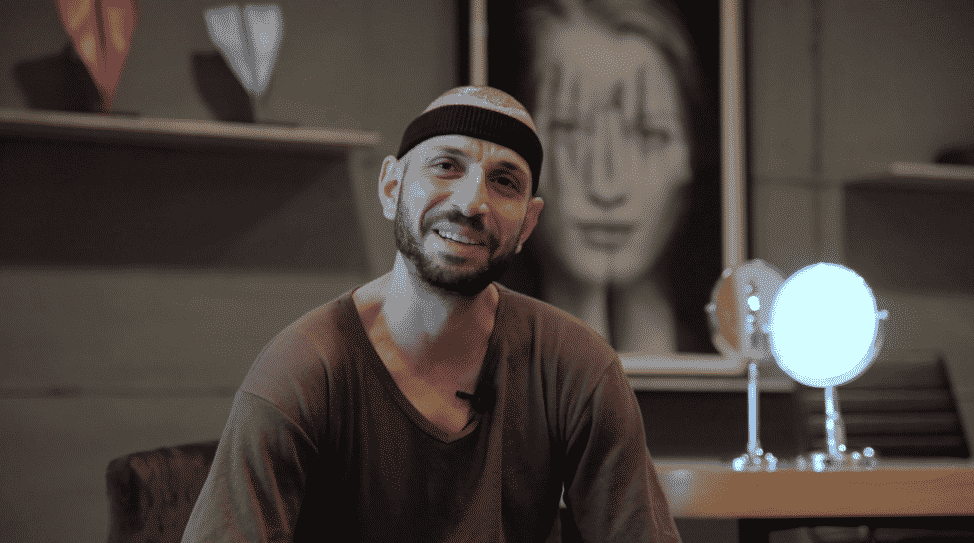After a hair transplant operation, patients are likely to experience a few minor side effects. However, they are all short-term and many can be minimised by proper care before, during, and after the procedure. Some of the most common side effects of a hair transplant are swelling, scabbing, and itching at the recipient site. However, the formation of pimples on the scalp is also fairly normal.
The formation of pimples on the scalp is known as folliculitis. While they may seem unsightly, they are, in fact, a good sign. They signify that new hairs are growing from the implanted hair follicles below the skin. When the pimples burst, there is a chance that this newly grown hair will fall out. This is not a cause for alarm, as the transplanted hair follicle will grow new hair in the next few weeks/months.
What is folliculitis and how can it be treated? Read on.
What Is Folliculitis? Is It Normal After A Hair Transplant?
Folliculitis, as the name suggests, is an inflammation of the area around a hair follicle. This inflammation bears a great resemblance to a pimple and is a common symptom following any hair transplant procedure due to the large amount of stress placed on the hair follicles during transplantation. However, folliculitis can occur in anyone. It is due to the inflammation of the sebaceous glands on the scalp. These cause sebum to be produced and this gets locked in the channels into which the hair grafts have been placed.
When Will Scalp Pimples Appear After A Hair Transplant?
Scalp pimples usually appear after two weeks following the transplant. It is during this time that the new hair grafts start to grow. These will typically subside after a few weeks, however, they can persist for up to 6 months.
Scalp pimples appear when the implanted hair grafts grow inward and cause inflammation. There is no reason to worry if it’s just a few bumps here and there, however, if you are experiencing swelling, redness, and pain, you should contact a dermatologist for further instructions.
How Can I Deal With Scalp Pimple After A Hair Transplant?
Oftentimes, there is only a soft, red bump that does not have any kind of head. In this case, you should place a compress on the recipient area a few times a day until the sore becomes smaller and disappears and/or transforms into something that resembles more of a pimple.
This is one of the more common side effects after a hair transplant and there is no way of determining whether a patient will develop folliculitis or not. Patients are advised to maintain a very clean scalp to avoid pimples after a hair transplant.
Follow-up Treatments At Our Clinic
A hair transplant in Turkey is the only truly permanent solution to hair loss and our clinic has assisted more than 15,000 patients over the years. But our support doesn’t end when you leave our office. In addition to our lifetime satisfaction guarantee, we also provide a full range of aftercare for all of our patients.
Every patient at our clinic is entitled to free LLLT laser hair therapy, PRP (platelet-rich plasma) treatment, and a full suite of medications to help your hair grow back in full and healthy. Contact us today to schedule your full, free consultation.






